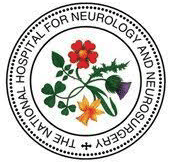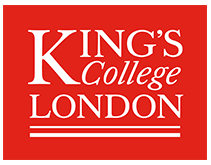Books
- Various aspects of epilepsy, including: the nature of the disorder; childhood epilepsy; the cognitive and psychiatric associations; neurotransmitter theories and the history of the ILAE;
- The overlap of neurology and psychiatry, i.e. neuropsychiatry;
- The role of folate/one carbon metabolism in neuropsychiatric disorders.
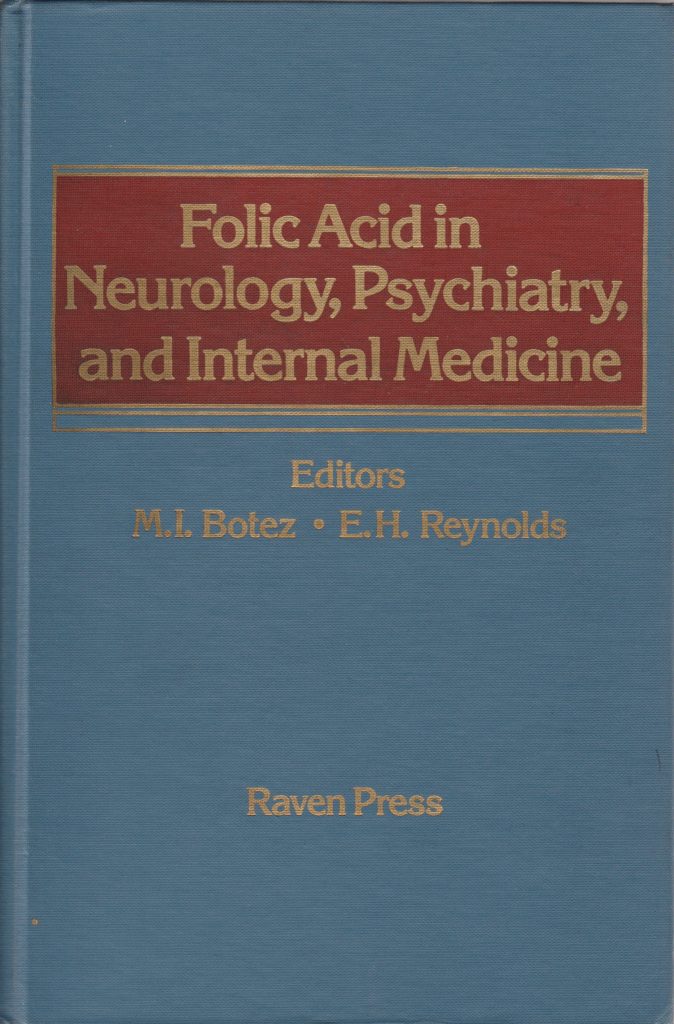
FOLIC ACID IN NEUROLOGY, PSYCHIATRY AND INTERNAL MEDICINE
M.I. Botez and E.H. Reynolds
Publisher : Raven Press
ISBN : 0-89004-338-8
Year: 1979
Summary
Following the synthesis of folic acid in 1945 and the isolation of vitamin B12 in 1948 it was widely taught and believed that although the haematological manifestations of folate and vitamin B12 deficiencies were clinically and morphologically indistinguishable, vitamin B12 deficiency could cause well recognised neuropsychiatric complications but there was no neuropsychiatry of folate deficiency. On the contrary the administration of folic acid was positively harmful to the nervous system, especially in patients with pernicious anaemia or vitamin B12 deficiency.
During the 1960s and 1970s research by the editors and others suggested that there is a neuropsychiatry of folate deficiency and inborn errors of folate metabolism, which overlaps considerably with that of vitamin B12 deficiency. The editors therefore brought together at an International Symposium in Montreal in 1978, neurologists, psychiatrists, haematologists and basic scientists, including epidemiologists and nutritionists, to review the role of folate in nervous system metabolism and the causes and neuropsychiatric manifestations of folate deficiency, including their relationship to haematological manifestations.
This book establishes for the first time that there is a neuropsychiatry of folate deficiency which ranges from peripheral neuropathy to dementia and psychiatric disorders, including spinal subacute combined degeneration, similar to that of vitamin B12 deficiency. It also explores the neurochemical and neurophysiological mechanisms involved, including the convulsant properties of folates. This volume will stimulate others to explore in more detail the fascinating and complex metabolic and clinical interactions of folate and vitamin B12 metabolism at all ages from infancy to old age.

Neurotransmitters, seizures and epilepsy
P.L. Morselli, K.G.Lloyd, W. Loscher, B.Meldrum and E. H. Reynolds
Publisher : Raven Press
ISBN : 0-89004-753-7
Year: 1979
Summary
In the second half of the 20th century the focus of seizures and epilepsy research progressed from descriptions of the clinical and electrophysiological phenomena to studies of the underlying neurochemical mechanisms. This volume presents the state of the art in research on neurotransmitters at the clinical and experimental level at an International Workshop in 1981. The major focus is on the role of GABA in seizure and antiepileptic drug mechanisms. Other contributions relate to monoaminergic systems, including dopaminergic, serotonergic and noradrenergic, in different epilepsy syndromes, including photosensitive epilepsy, reflex epilepsy, myoclonus and kindling. A few chapters relate to acetylcholine, cyclic nucleotides and taurine.
This book is a comprehensive account of knowledge, cutting edge research and discussion of neurotransmitters in seizures and epilepsy at this time.

Epilepsy and Psychiatry
E.H. Reynolds and M.R. Trimble
Publisher : Churchill Livingstone
ISBN : 0-443-02311-5
Year: 1981
Summary
Epilepsy has been confused with mental disorder since the earliest classical literature of Babylon and Greece (‘The Sacred Disease’). In the 20th century the neurological basis of seizures has been confirmed and older ideas of supernatural intervention or inevitable lunacy or mental deterioration have given way to the evidence that the majority of patients with epilepsy are mentally normal. However, as with all disorders of cerebral function, there is an increased prevalence of psychological disorders due probably and in varying degrees to seizures, associated cerebral pathology, chronic antiepileptic drug therapy and powerful psychological and social influences, including the prejudice and discrimination stemming from older deeply rooted historical attitudes.
In this book we bring together scientifically-based studies of the prevalence, nature, causes and treatment of various kinds of psychopathology associated with epilepsy in a comprehensive textbook of the psychiatry of epilepsy. The contributors are experienced British psychiatrists, neurologists, neuropsychiatrists, neurophysiologists and social workers actively engaged in this field. Epilepsy is a bridge between neurology and psychiatry and the study of epilepsy can be expected to shed light on the normal functioning of the complex nervous system and on some other neurological and psychiatric disorders, as discussed in several chapters in this book.

PAEDIATRIC PERSPECTIVES ON EPILEPSY
Euan Ross and Edward Reynolds
Publisher : John Wiley & Sons
ISBN : 0 471 90817 7
Year: 1984
Summary
In the UK in the 1970s epilepsy was a backwater with respect both to services and research within the fields of both neurology and general medicine despite the scale of the problem. This was especially true of childhood epilepsy with its bewildering array of syndromes and diagnostic challenges at different stages of infant and child development together with different comorbidities. In the 1980s the tide was beginning to turn and in 1984 the editors, who had both initiated childhood epilepsy clinics and research with each other and with London colleagues, brought together UK and European paediatricians and specialists in childhood brain, psychological and social development to review the current state of knowledge and to promote greater awareness of present diagnostic and treatment possibilities for childhood epilepsy.
This volume summarises the state of the art at different stages of development, i.e. seizures in the newborn, seizures and related disorders of consciousness in the first year of life, epilepsy in the preschool child and in the school child. Among the contributors were Niall O’Donohoe in Dublin who published his textbook of childhood epilepsy in 1979 and Jean Aicardi of Paris whose similar textbook was published in 1985. These, together with this volume, are foundation stones of our modern understanding of childhood epilepsy.
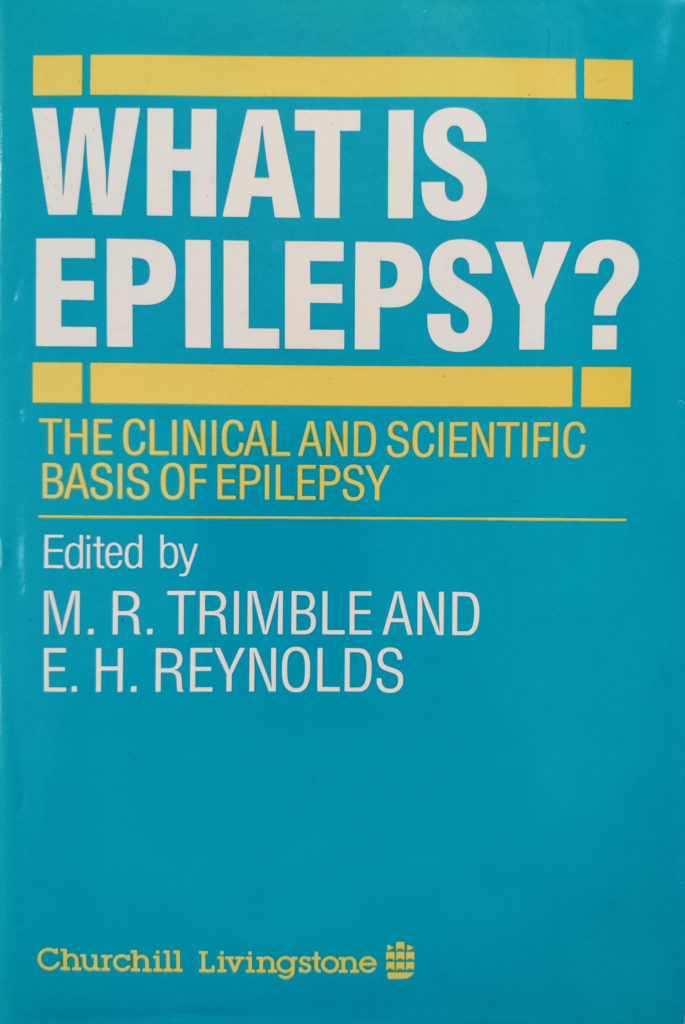
What is Epilepsy? The Clinical and Scientific Basis of Epilepsy
M.R. Trimble and E.H. Reynolds
Publisher : Churchill Livingstone
ISBN : 0-443-03542-3
Year: 1986
Summary
Epilepsy is a common and universal disorder afflicting all ages, races, cultures and social classes. It is of interest to neurologists, psychiatrists, paediatricians, general physicians, general practitioners, casualty officers, psychologists and social workers. But epilepsy has always been difficult to define, diagnose and classify and to separate from other paroxysmal behavioural and neurological disorders. It is only in the 20th century that the concept of electrical discharges in the brain underlying seizures of various types has been developed, leading to much neurophysiological, neuropharmacological and neurochemical research.
This book brings together an international group of clinicians and basic scientists to explore the distinct clinical, electrical and chemical boundaries of seizures and their ‘borderlands’ in relation to the wider question of what we mean by the use of the word ‘epilepsy’?

Epilepsy, Behaviour and Cognitive Function
Michael R. Trimble and Edward H. Reynolds
Publisher : John Wiley & Sons
ISBN : 0-471-91953-5
Year: 1987
Summary
A minority of patients with epilepsy experience additional psychological and social comorbidities. In the 1970s and 1980s there was a rapid growth in research into the cognitive and behavioural complications of epilepsy, aided by new neuropsychological and behavioural assessment techniques. This book is the outcome of a UK Symposium, with additional contributions from France and USA, in 1987 which brought together neurologists, psychiatrists, paediatricians, neurophysiologists and neuropsychologists to review current knowledge.
Among the topics covered are: The role of continuing seizures and of subclinical seizure discharges; the influence of chronic antiepileptic drug therapy; the interaction of seizures, memory and mood; the specific behavioural and cognitive problems in children and their educational needs; cognitive problems in adults and the interaction of late-onset seizures with dementia. This volume is not comprehensive but illustrates the state of the art at that time.

The Bridge between Neurology and Psychiatry
E.H. Reynolds and M.R. Trimble
Publisher : Churchill Livingstone
ISBN : 0-443-03344-7
Year: 1989
Summary
In the 20th century the growth of scientific neurology and of dynamic psychiatry contributed to the progressive divergence of neurology and psychiatry as independent disciplines. This book arose from the mutual conviction of the editors that this divergence had gone too far, especially in the UK. It is undeniable that there is a large common ground, interface or bridge between neurology and psychiatry. Both neurologists and psychiatrists are interested in cerebral function and disease. Both bring to these problems similar techniques of observation and measurement but different perspectives based on traditional differences in interest and approach, the former more often concerned with mechanism, the latter with motivation and meaning.
The authors therefore brought together in 1989 leading British neurologists and psychiatrists to explore in a series of essays the expanding bridge or common ground between the two disciplines as evidenced by the growth of such fields as organic psychiatry, biological psychiatry, behavioural neurology, neuropsychology, neuropsychopharmacology and genetics. The convergence of the two disciplines in the latter half of the 20th century is further illustrated by the application of the neurosciences to psychiatric disorders, and a joint interest for example in nervous system structure and function, consciousness, epilepsy, speech, movement, memory and hysteria. It is not surprising that the growing bridge between neurology and psychiatry described in this book coincided with the foundation of the British Neuropsychiatry Association in 1988.
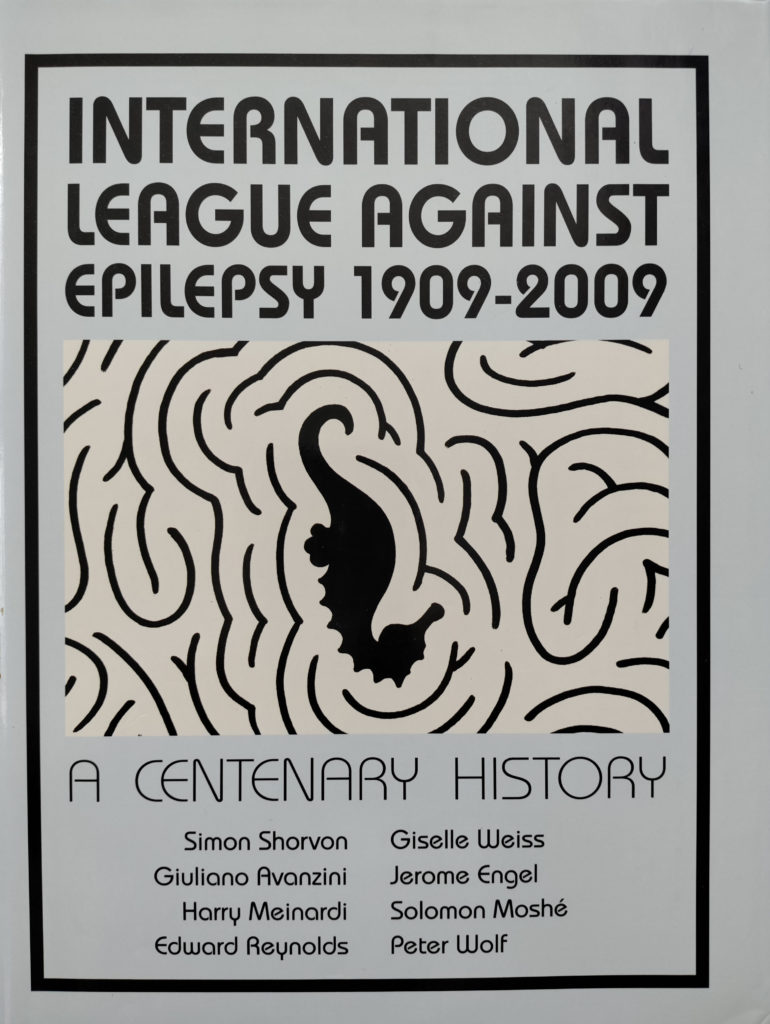
International League Against Epilepsy 1909-2009
Simon Shorvon , Giselle Weiss, Giuliano Avanzini, Jerome Engel, Harry Meinardi, Solomon Moshe, Edward Reynolds and Peter Wolf
Publisher : Wiley-Blackwell
ISBN : 978-1-4051-8955-2
Year: 2009
Summary
The International League Against Epilepsy (ILAE) was founded at the International Medical Congress in Budapest in 1909. This book by former Presidents of the ILAE, greatly assisted by Simon Shorvon and Giselle Weiss, was commissioned to document the history of ILAE in time for the centenary celebrations, also in Budapest, in 2009.
The ILAE is the oldest professional neurological association with its own journal, Epilepsia, also founded in 1909. Its activities were interrupted by two world wars, but since 1946 it has grown continuously such that by 2009 it had 102 chapters in every continent of the world. In 1966 it spawned the International Bureau for Epilepsy (IBE), the worldwide lay organisation, with which it has collaborated ever since. The ILAE’s activities include international and regional Congresses; Commissions and Task Forces to promote awareness and application of the latest advances in epilepsy research, treatment and care; and internationally accepted guidelines on the classification of seizures and epilepsy syndromes and best practice. Mostly recently it has joined forces with the World Health Organisation (WHO) and IBE in the ILAE/IBE/WHO Global Campaign Against Epilepsy, launched in Geneva in 1997, to encourage governments and departments of health to develop their own national Campaigns to improve prevention, diagnosis, treatment, care, services and public attitudes. This Campaign continues to gather momentum around the world and in 2022 was joined by the World Federation of Neurology (WFN) and other neurological NGOs to promote Action Plans for ‘Epilepsy and Other Neurological Disorders’.

